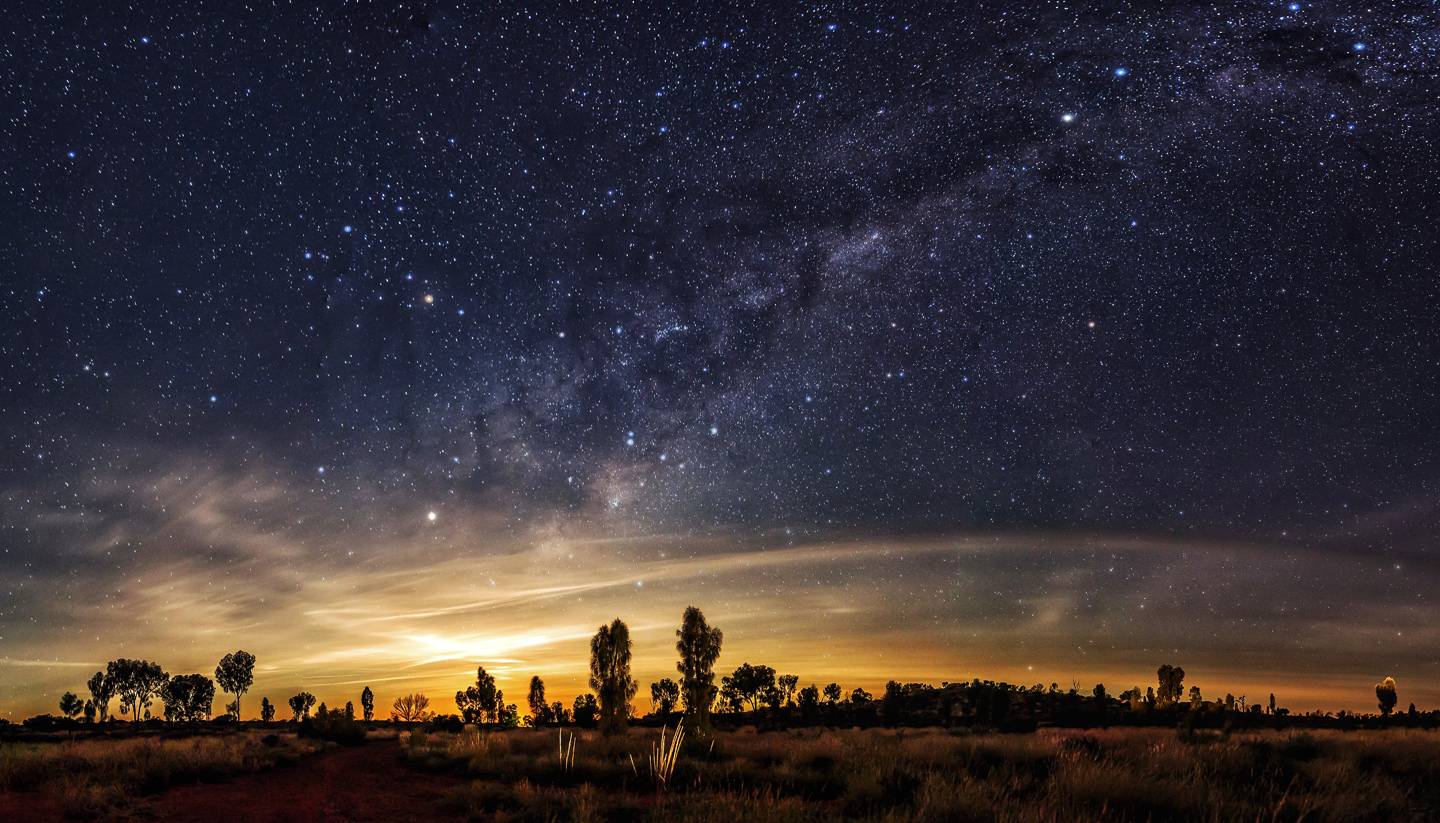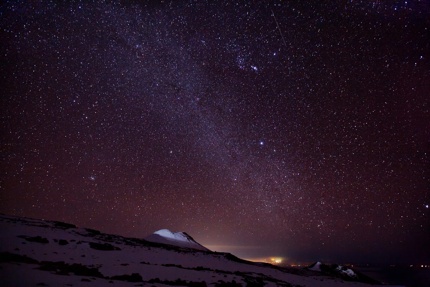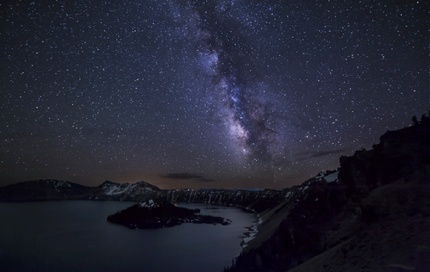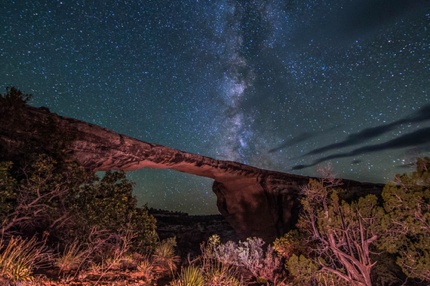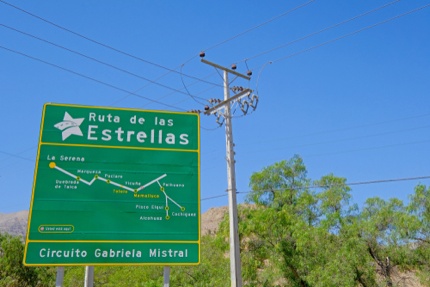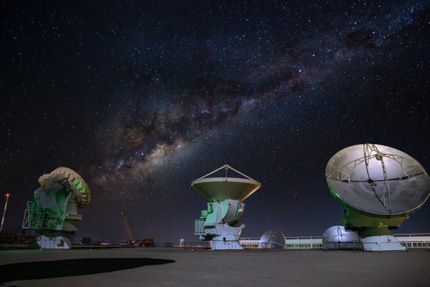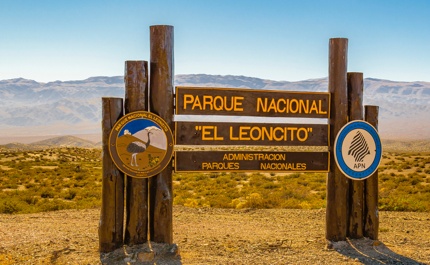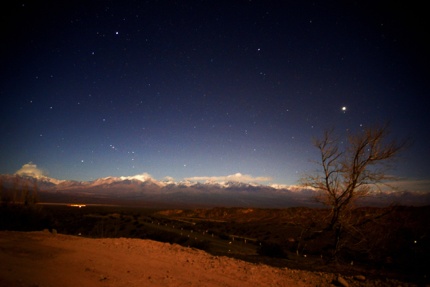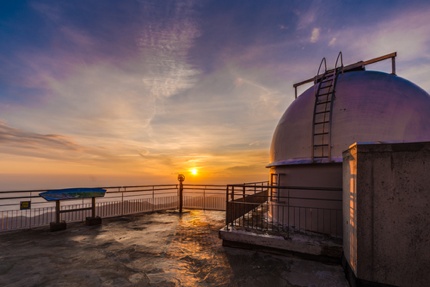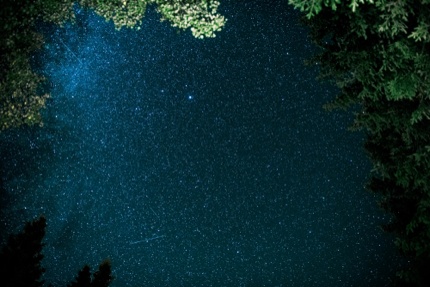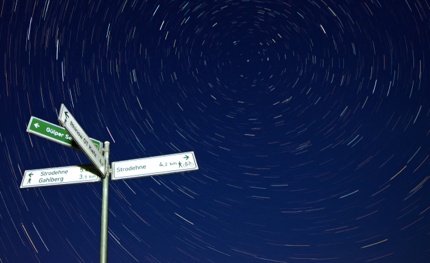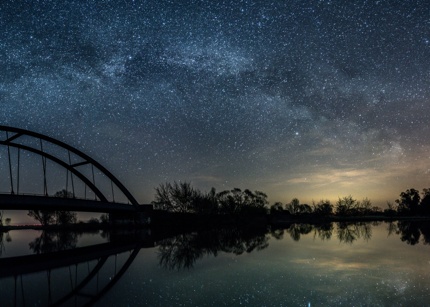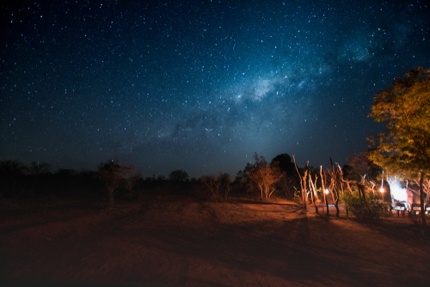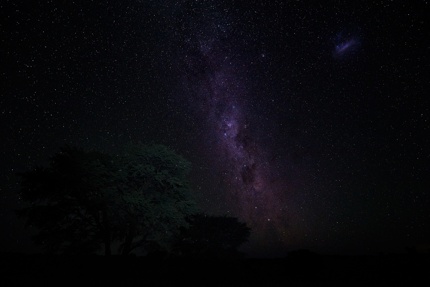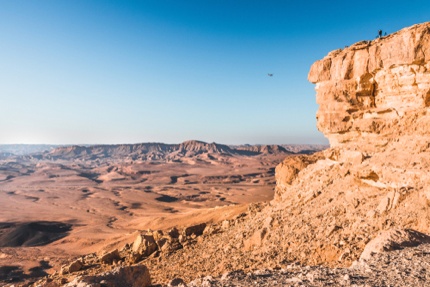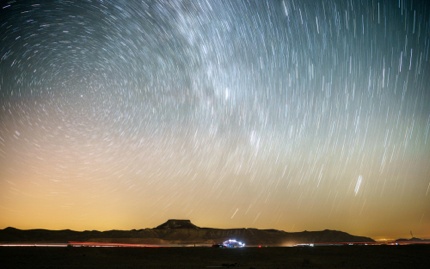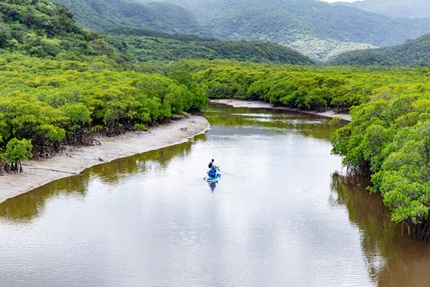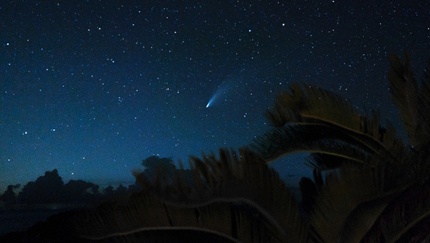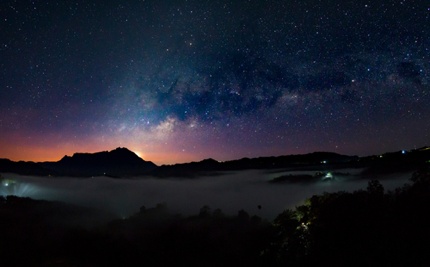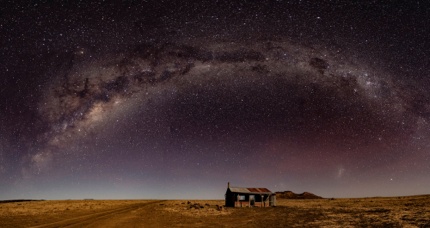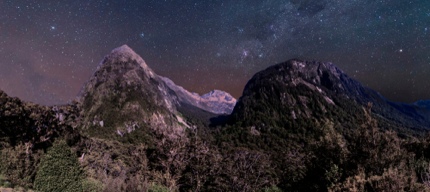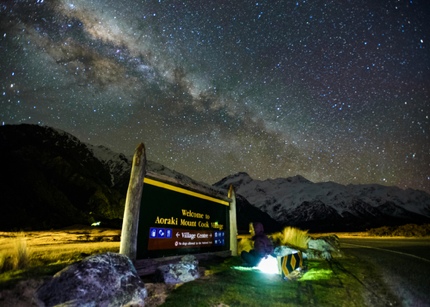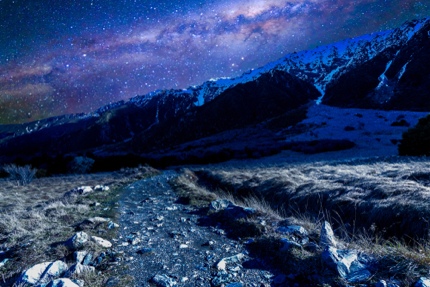Spending a night out admiring a blanket of stars gets easier in these quiet spots across six continents
Once upon a time, our ancestors used to look at the stars every night, using them to plan their crops, navigate, and of course, tell stories about gods and goddesses. This deep connection with nature is mostly lost today, especially to a generation of city-dwellers who are more accustomed to artificial light than using Ursa Minor to determine the north-south direction in the Northern Hemisphere.
Yet authorities worldwide still work hard to protect areas with little light pollution, allowing the public like you and me opportunities to enjoy the night sky. Some of these places also run educational programmes to help us understand stars, the constellations and planets better. If you’re keen for a dazzling night show, here are some top places you can visit across six continents.
North America
1. Mauna Kea, Hawaii, USA
Hawaii offers sun, sand and surf, and its remote location in the central Pacific Ocean also makes it a top stargazing spot. The best place to go is Mauna Kea, a dormant volcano that stands at 4,205m (13,796ft) above sea level on the Big Island. While the night views from the summit are unmatched, beware that access is restricted after sunset. This means stargazing can only take place around the Visitor Information Station at 2,804m (9,200ft). Quite a few companies provide a sunset tour to the summit, then take you down to stargaze at a lower level.
2. Crater Lake, Oregon, USA
If you look at the geography of the United States, you’ll notice the Cascade Range occupying a large part of western US. This chain of snow-capped volcanoes, being relatively high in elevation, far from cities with little light pollution to corrupt the views, provide an unparalleled stargazing experience. Crater Lake, Oregon’s only National Park, is our top pick. Sunsets and sunrises over the lake, the deepest in the USA, are pretty incredible too.
3. Natural Bridges National Monument, Utah, USA
The Colorado Plateau, wrapping around the Four Corners region where the states of Colorado, New Mexico, Utah and Arizona meet, is brimming with natural wonders, including several heavyweight attractions like the Grand Canyon, Bryce Canyon, Zion and Mesa Verde.
Natural Bridges National Monument, containing three sandstone bridges carved by nature in southwest Utah, is not as well-known as the aforementioned. And even fewer people know that it’s the first International Dark-Sky Park in the US, a recognition bestowed by the International Dark-Sky Association (IDA) in 2007. Over the years, the park has made tremendous improvements to protect the night skies, like only using low-impact bulbs with shields when necessary, so visitors can enjoy some of the clearest skies in the country.
4. Jasper National Park, Alberta, Canada
Canada is the world’s third-most forested country by area, and with so much wilderness available, it is easy to see why the country has 12 Dark-Sky Preserves and one International Dark-Sky Park. Among them is Jasper National Park on the eastern flank of the Canadian Rockies.
For those who enjoy looking at the night sky without sacrificing comfort, check into Fairmont Jasper Park Lodge in Alberta. This mountain resort has dark-sky-friendly lighting, an on-site planetarium and regular astronomical programmes. But the most anticipated event is undoubtedly the Symphony Under the Stars event, which features the Edmonton Symphony Orchestra Strings perform under the stars every October. Here’s a video of the event © Fairmont Jasper Park Lodge.
5. Wood Buffalo National Park, Alberta, Canada
About 1,000km (621mi) north of Jasper and occupying an area that’s slightly larger than Denmark, Wood Buffalo is the largest national park in Canada and also the largest Dark-Sky Preserve in the world. This is a prime destination for Aurora Borealis or Northern Lights, particularly from December to February, but the twinkling stars on display here also deserve a mention. Together with the nearby town Fort Smith, the park runs an annual Dark Sky Festival during the third weekend of August, targeting stargazers of all abilities.
South America
6. Atacama Desert, Chile
One of the driest places in the world, Atacama Desert has few rain clouds to obstruct the night sky, making it an optimal stargazing spot for professionals and amateurs alike. Government-funded observatories dot across the vast desert and some of them are open to the public at selected days.
In addition, there is also a growing number of tourist observatories around Valle de Elqui (Elqui Valley), which is at the southern tip of the Atacama Desert. If you’re into molecular gas and dust, the building blocks of stars, planets and galaxies, then schedule a visit to ALMA (Atacama Large Millimeter Array) not far from San Pedro de Atacama.
7. Parque Nacional El Leoncito, Argentina
Parque Nacional El Leoncito or El Leoncito National Park, about 200km (124mi) from San Juan by car, is arid and relatively high in elevation. The land here inclines gradually from about 1,829m (6,000ft) on its western side to about 3,657m (12,000ft) as you move further east. Just like the Atacama Desert, being high and dry promises many clear nights. There are two observatories within this park – the Astronomical Observatory El Leoncito (CASLEO) and Carlos Ulrrico Cesco Astronomical Station (formerly known as Félix Aguilar Observatory). Both observatories are open to the public at certain times only. While CASLEO is dedicated to measuring the brightness of stars, the other studies the size of stars.
Mendoza, Argentina’s leading wine region, is about 220km (137mi) south of El Leoncito. As tourists flock to tour vineyards and drink good wine, enterprising operators have begun to offer stargazing tours – either in the vineyards or venturing to El Leoncito. It’s a rather good idea, as long as you’re seeing the real stars and not having vision problems caused by too much alcohol.
Europe
8. Pic du Midi de Bigorre, France
For a large part, the Pyrenees form a natural border between Spain and France and Pic du Midi de Bigorre, or Pic du Midi, is a mountain in the French Pyrenees. In 1878, Société Ramond began to build an observatory on the summit, but the rising costs soon forced them to hand it over to the government. Subsequently, the state completed the first dome in 1908.
In the 1960s, the observatory played a vital part in the Apollo missions by capturing detailed photos and creating maps of the Moon for NASA. Over the years, astronomers working here also discovered a string of other celestial bodies, including Saturn’s moon Helena. While you can certainly hike to the summit from La Mongie, a cable car is also ready to take you and save you from hours of climbing.
9. Kielder Forest, England
Northumberland is England’s northernmost county and also one of its wildest, with very low levels of light pollution. Kielder Forest, together with the adjoining Northumberland National Park, is one of Europe’s largest International Dark Sky Parks. So, bring a blanket and a pair of binoculars to make a fun evening out of it.
Within the park, Kielder Observatory is open to the public during events – which you must book in advance. According to the observatory, about 85% of the UK population ‘has never seen a truly dark sky or experienced the sense of wonder that a clear night filled with billions of stars can give’. Therefore, staff and volunteers here work tirelessly to engage the public, especially school children, about astronomy. Needless to say, we applaud their dedication.
10. Lauwersmeer National Park, the Netherlands
Most of the stargazing spots featured in this article are high in altitude but that doesn’t mean that a flat piece of land can’t be a world-beating place for astronomical observations. On cue, we shall introduce Lauwersmeer, which was actually underwater before a dam was built to shut the flow of seawater between Lauwers Sea and Wadden Sea in 1969. Gradually, a freshwater lake replaced seawater and efforts to reclaim the rising land also began. Today, Lauwersmeer is not only a paradise for birds, but it’s also a blissful corner for humans to enjoy the natural wonders under dark skies.
11. Westhavelland Nature Park, Brandenburg, Germany
Like Lauwersmeer in the Netherlands, Westhavelland Nature Park in Germany is another slice of wetland that offers world-class night-sky viewing. The park sits just 76km (47mi) northwest of Berlin, the largest city in Germany, yet it has some of the clearest skies in the country.
The best spots to watch the night sky are on the north shore of Lake Gülper (GPS coordinates N52.751903, E 12.272470), south of Spaatz (GPS coordinates N 52.685701, E12.297415), between Görne and Dicke (N 52.713701, E 12.485025) and south of Rübehorst, which is the best option in our opinion, as you can park your car and walk along the dike to find a spot that works for you. The GPS coordinates are N 52.785688, E 12.317483.
The water-logged lowlands here are equally amazing during the day. They are home to many endangered animal and plant species, including Otis tarda or the Great Bustard. An adult Great Bustard male can weigh 18kg (40lb) and is one of the heaviest flying birds.
Africa
12. Kruger National Park, South Africa
South Africa’s largest game reserve, Kruger is an iconic safari destination. Visitors come to spot the Big Five – buffalo, elephant, lion, leopard and rhinoceros – along with over 100 species of other mammals and 500 species of birds. Kruger’s flat grassy plains are also great for spotting celestial objects. For a once-in-a-lifetime experience, after a bushwalk, sit back and watch the sunset quickly make way for an inky sky studded with bright stars.
13. Kalahari Desert, Botswana
Covering a large part of Botswana and small parts of Namibia and South Africa, the Kalahari Desert is a sizeable sandy plain stretching as far as your eyes can see. Native mammals such as kudu and springbok roam the plain. Their presence attracts fearsome predators like cheetah, leopards, and of course, the famous Kalahari lions.
With little cloud cover and far away from cities, Kalahari Desert offers clear nights with twinkly stars hanging gracefully across the sky. Most safari tours in Botswana take visitors to the Central Kalahari Game Reserve, the country’s biggest reserve, for a day or two, but for the best experience, look for one that provides expert stargazing guides.
Asia
14. Ramon Crater, Israel
Contrary to popular belief, Ramon Crater is not the result of a meteor strike or a volcanic eruption, instead it was created through erosion over millennia. Measuring 500m (1,640ft) deep and 40km (25mi) in length, this elongated crater is now a hiking, mountain-biking and horse-riding paradise. When tour groups leave in the evening, Ramon is the place to seek solitude and stargaze.
Located in the Negev desert in southern Israel, Roman receives very little rain, but be mindful that if it rains, there is a risk of flash floods.
15. Iriomote-Ishigaki National Park, Japan
If you’re looking for a place where you can admire the underwater seascape during the day and enjoy nature’s stellar show at night, then head to the far-flung Iriomote-Ishigaki National Park in Okinawa Prefecture, Japan. Consisting of several islands, the waters here are home to the Sekisei Lagoon, Japan’s largest coral reefs, which are under threat due to climate change, and everyone on the island is working tirelessly to reverse the impact. Their conservation efforts are noteworthy. You see farmers creating ‘green belts’ to stop soil runoff, fishermen reverting to traditional fishing methods, divers removing coral-eating and damage-causing starfish, and businesses contributing towards the efforts.
On land, the island of Iriomote is covered by lush subtropical forests in the interior but fringed by mangroves at the mouths of its many rivers. There are kayaking tours taking visitors to the mangroves, including night tours to observe some brilliant celestial action.
16. Mount Kinabalu, Sabah, Malaysia
The highest peak in Borneo, Mount Kinabalu stands at 4,095m (13,435 ft) above sea level and offers well-trodden paths to the summit. Most visitors take two days to complete the ascent and descent. The most popular option is to stay one night at Laban Rata, a camp at 3,272m (10,735ft), then start the climb to the summit at 2am under a blanket of sparkling stars, in time to reach the summit and catch a gorgeous sunrise at around 5am.
You’re advised to book in advance as the authority only issues 185 climbing permits a day (out of which 150 are allocated to International tourists). The best time to go is between March and September when the weather is relatively dry.
Oceania
17. The Outback, Australia
The success of the TV series Outback Opal Hunters – now screened in over 100 countries – has put the largely uninhabited region in the limelight. While precious gemstones like the ‘milky opal’ are found below the surface, treasures in the sky, like the Milky Way with billions of stars, are also waiting to be admired should you decide to look up. Do note that you can’t just camp anywhere in the Outback. If you drive a 4WD and are well equipped, we recommend purchasing a Desert Parks pass to camp in the Simpson Desert, in central Australia. But if you like a site with modern amenities, head to Ayers Rock Campground near Uluru.
18. The Coromandel Pinnacles, North Island, New Zealand
Touted as one of New Zealand’s most popular overnight walks, this route follows an original packhorse track from the early 1900s when giant kauri trees in the area were logged for construction. Today, this peaceful quarter in the stunning Kaueranga Valley welcomes hikers of all abilities to enjoy its magical settings and also the night skies. Staying at the Pinnacles Hut is highly recommended – this way you can stay up late to watch the night skies, take a short nap, then walk up to the summit to catch magnificent views of the sunrise.
19. Aoraki/ Mount Cook National Park, South Island, New Zealand
Mount Cook, known as Aoraki to the indigenous Māori people, is the highest mountain in New Zealand, standing prominently at 3,754m (12,316ft). The namesake national park consists of Mount Cook and more than a dozen peaks over 3,000m (9,843ft) high, as well as New Zealand’s largest glacier, the Tasman Glacier. This unspoilt wilderness warmly invites you to come and walk, relax or even train – Sir Edmund Hillary honed his climbing skills here before attempting Everest.
Mount Cook National Park is also said to have the clearest, darkest night sky in New Zealand, offering unmatched opportunities for stargazing. So, when the sun sets, do gaze up to a sky, laced with twinkling stars, in awe.
Astro-tourism is rather well developed in New Zealand and there are quite a few stargazing tours. If you’re around this area, check out the one that takes you to the University of Canterbury Mount John Observatory.
